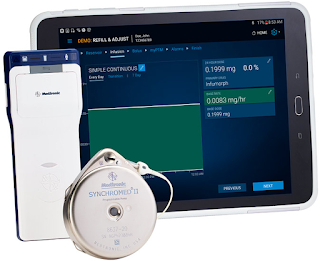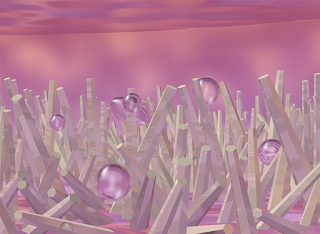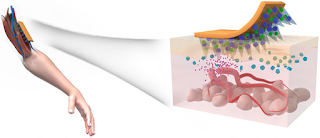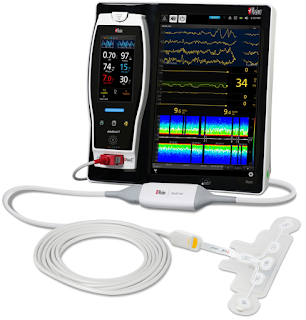Medtronic’s Synchromed II Approved to Pump Remodulin Into Veins to Treat Pulmonary Hypertension

The FDA has issued approval for the Implantable System for Remodulin, which is really the Synchromed II drug infusion system from Medtronic , consisting of an implantable pump, controller, and catheter. The system is used to treat pulmonary arterial hypertension by delivering Remodulin (Treprostinil) into the vein at the superior caval-atrial junction. The pump is implanted under the skin of the abdomen and programmed to deliver the drug at a desired rate. The pump’s drug chamber can be refilled via an injection through the skin whenever the reservoir runs low. Medtronic has engineered the pump to achieve a high level of guaranteed performance by reducing how much the pump’s shaft wears out and preventing motor stalls. Prior to the current approval, the Synchromed II was cleared as an infusion system for Infumorph, a morphine-based solution for treating chronic intractable pain, and Prialt, a ziconotide solution for management of severe chronic pain.




